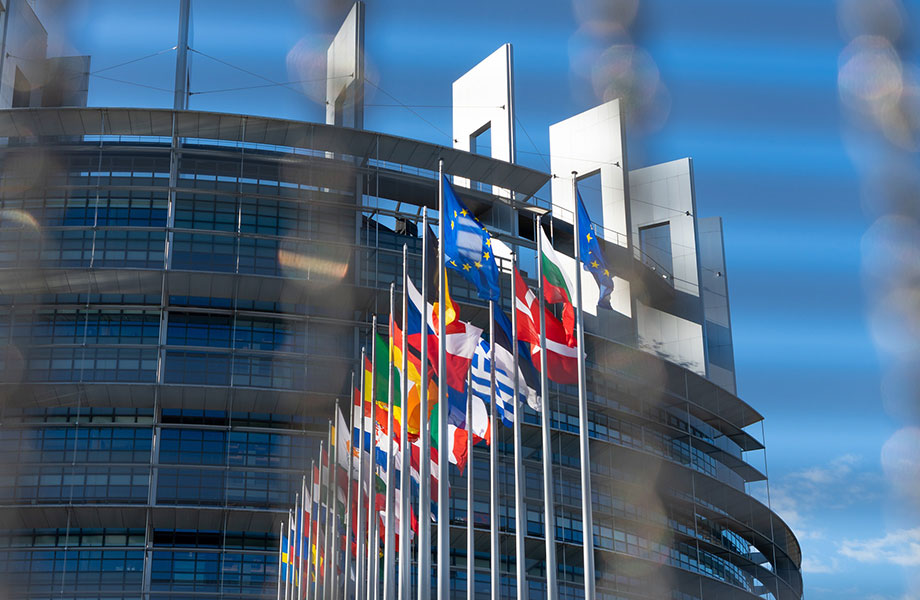Overnight, on March 30, EU negotiators agreed to set a binding 42.5% renewable energy target for Europe in 2030, as well as an indicative target of 2.5%, totaling up to 45% of the renewable energy path. In 2025, the installed PV capacity will rise significantly to 400GW.
Last year, the EU's REPowerEU plan set out ambitious plans to increase the share of renewable energy in Europe's total energy use from 40% to 45% by 2030, but the plan has been met with skepticism from all sides over the past year. The EU would need to persuade governments to agree that 45% would be legally binding.
In December 2022, the Heads of State and Government of the European Council decided to agree on the need for an ambitious European industrial policy to adapt the European economy to the green transition and reduce strategic dependence. However, by the end of 2022, some countries have not yet fully agreed to the 45% renewable energy target.
The biggest obstacle to the failure of some countries to reach an agreement is "economic strength", with many of the 27 EU countries unable to finance and guarantee the deployment of renewable energy under the 45% target. According to the forecast, to reach the 45% renewable energy target by 2030, photovoltaic projects alone will need to achieve a cumulative installed capacity of 320GW by 2025 and 600GW by 2030. By the end of 2022, Europe's installed PV capacity was just over 200GW.
However, the energy crisis caused by the Russia-Ukraine conflict has clearly accelerated the process. In 2022, more than 40GW of new PV installations will be installed in Europe, an increase of more than 50% over 2021. This figure allows countries to see that it is entirely possible to achieve 320GW of photovoltaic cumulative installed capacity by at least 2025.
In addition, the EU has launched a 30GW local photovoltaic manufacturing plan and proposals for the Net Zero Industry Act and the European Key Raw Materials Act in order to facilitate national agreement. These provide economically backward EU countries with an opportunity to provide local manufacturing of PV for Europe.
The EU has also split the 45% renewable energy target into two parts, including a binding 42.5% renewable energy target and an indicative target of 2.5%. The Council considers that the indicative target of 2.5% can now be secured using the EU instruments at hand.
Still, SolarPower Europe says 45% is a floor, not a ceiling, for the EU's renewable energy target. The EU will strive to provide as much renewable energy as possible by 2030."
The provisional political agreement reached today will first be presented to EU ambassadors and then to the European Parliament for approval, and the directive will then need to be formally adopted by the Parliament, then by the Council, and finally published in the Official Journal of the European Union and enter into force.








